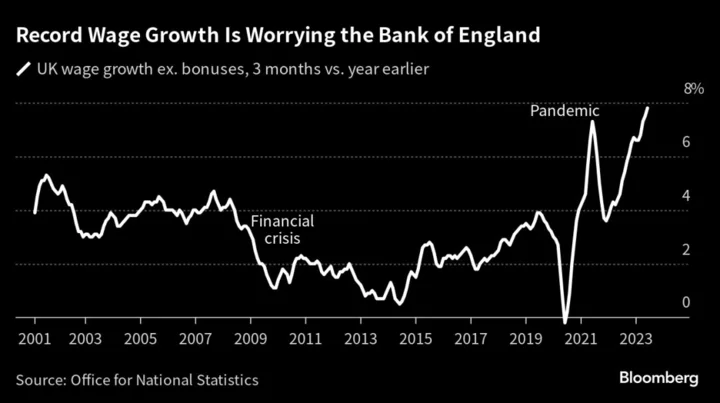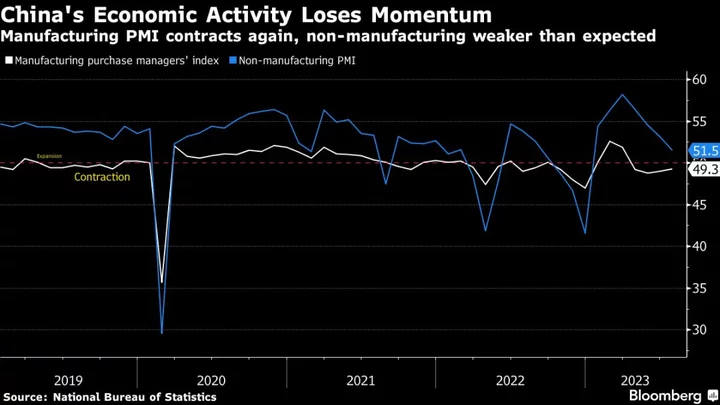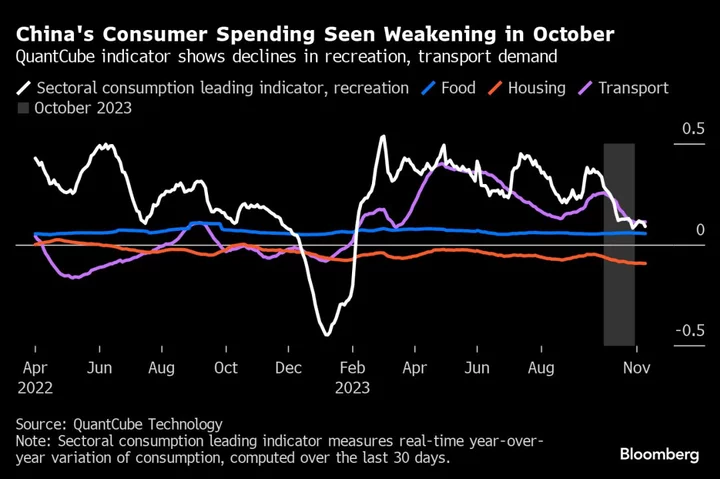Colombia’s top court struck down one of the main sources of revenue in President Gustavo Petro’s 2022 tax bill, leaving the government with a hole in its finances.
The fiscal reform approved last year prevented oil and coal producers from deducting royalty payments from their corporate tax liability. The court said in a press statement that such an article of the tax reform approved by Congress was against the constitution without explaining the reasons for its ruling.
That was expected to raise around 1% of GDP, or 3.2 trillion pesos ($780 million) annually for the next decade, according to an independent committee that oversees the fiscal rule, or balanced budget act.
The law imposed a higher levy for companies that pay royalties in money — mostly coal companies — as opposed to those that do so in specie, as is usual for producers of crude.
The Colombian Association of Miners had said not being able to deduct royalties “compromised the viability” of many projects. In an August statement, the association said that with the measure alone, on average, a coal operation would have to pay more than 140% of their profits in levies, up from 88% now.
Fiscal Blow
The court’s decision leaves the nation without some 16% of the 20 trillion pesos in annual revenue it intended to raise with the tax reform.
“Compliance with the fiscal rule is already at risk,” said Oliver Pardo, the head of the fiscal observatory at Bogota’s Javeriana University. “This just adds to the tension,” he said, adding that he doesn’t expect the fiscal rule will be met next year.
The Andean nation is targeting a central government fiscal deficit of 4.3% of GDP for this year, with a small increase next year to 4.5% of GDP.









